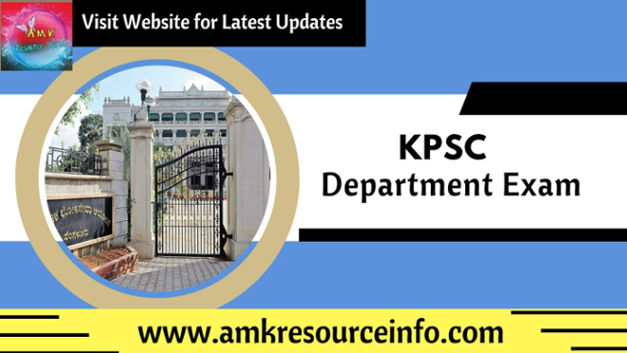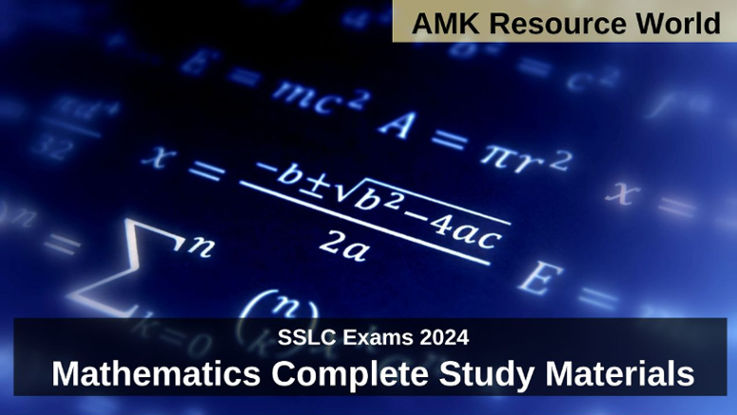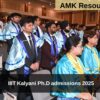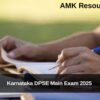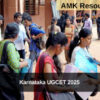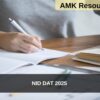It is mandatory for all the Karnataka State Government in-service Employees to clear the Department Exam Accounts Higher Paper 1 and 2, As per the syllabus of Accounts Higher Paper 1 and 2 the study resources are being provided to prepare for the Examination
National Pension System (NPS)
New Pension Scheme (Contribution based Pension Scheme) now called as National Pension System (NPS)
New Pension Scheme (NPS) now called as National Pension System (NPS) will work on defined contribution basis and will have two tiers – Tier I and Tier II
NPS was made mandatory for all new recruitments to the Central Government service (except the armed forces) from 1st January 2004
Government of Karnataka (GOK) introduced National Pension System (NPS) for all Karnataka state Government employees joining Government service on or after 01.4.2006,
The existing provisions of Defined Benefit Pension and GPF would not be available to new Government servants joining Government service on or after 01.4.2006,
A Government servant can exit at or after the age of 60 years from Tier I of the New Pension Scheme (NPS) now called as National Pension System (NPS)
National Pension System (NPS) was introduced in Karnataka with effect from 01.04.2006, it was operationalized in Karnataka State from 01.04.2010,
Pension Fund Regulatory and Development Authority (PFRDA) till 30.06.2013 had appointed Bank of India Mumbai as trustee bank, Since 01.07.2013 Axis Bank has been appointed as Trustee bank
National Pension System (NPS) is a Defined Contributory Pension System wherein 10% of the Total Amount of Basic and DA will be the contribution of the employee and National Pension System (NPS) Government contribution has been enhanced from 10 to 14% with effect from 01.04.2019.
Permanent Retirement Account Number (PRAN) registration is made through online with effect from 01.04.2020
The employee contribution amount which is deducted from salary of the Government Employee along with the 14% of Government Contribution, SCF will be uploaded by treasury through Khajane II integration and amount will be transferred to the Trustee bank by Treasury Officers through Agency Bank.
National Pension System (NPS) is now regulated under PFRDA Act 2013
Under the National Pension System (NPS) every Government servant is registered and allotted a Permanent Retirement Account Number (PRAN).
Option for investment choices and Pension Fund made available to Government employees with effect from 01.04.2019
Investment in NPS Tier II has been brought under Section 80 C for tax exemption with effect from 01.04.2019.
Minimum years of qualifying service for eligibility of CGHS membership after retirement is 10 years. No minimum qualifying years of service for availing CGHS facilities in case of death / disability
Under the New NPS Guidelines a person can withdraw up to 60% of the total corpus as a lump amount, with the remaining 40% going into an annuity plan.
About PPAN : Unique 16 digit Permanent Pension Account Number (PPAN) – The first four digits indicate the calendar year of joining Government service, the next digit indicates whether it is a Civil or a Non-civil Ministry, the next six digits would represent the PAO Code (which is used for the purpose of compiling monthly accounts), the last five digits of PRAN will be the running serial number of the individual Government Employee which will be allotted by the PAO concerned.
Pension Fund Regulatory Development Authority has given the option of withdrawing the entire corpus, when the accumulation in the Permanent Retirement Account is equal to or less than Rs.2,00,000
When an employee retires from service after attaining the age of 60 years and his accumulated NPS amount in his Permanent Retirement Account is equal to or less than Rs. 2,00,000 the Government Employee is allowed to withdraw entire accumulated amount without purchasing annuity for payment of monthly pension
NPS employees who have already retired with their pension accumulation equal to or less than Rs.2,00,000 may withdraw their entire pension corpus
MORE INFO
| NPS (1) | CLICK HERE |
| NPS (2) | CLICK HERE |
